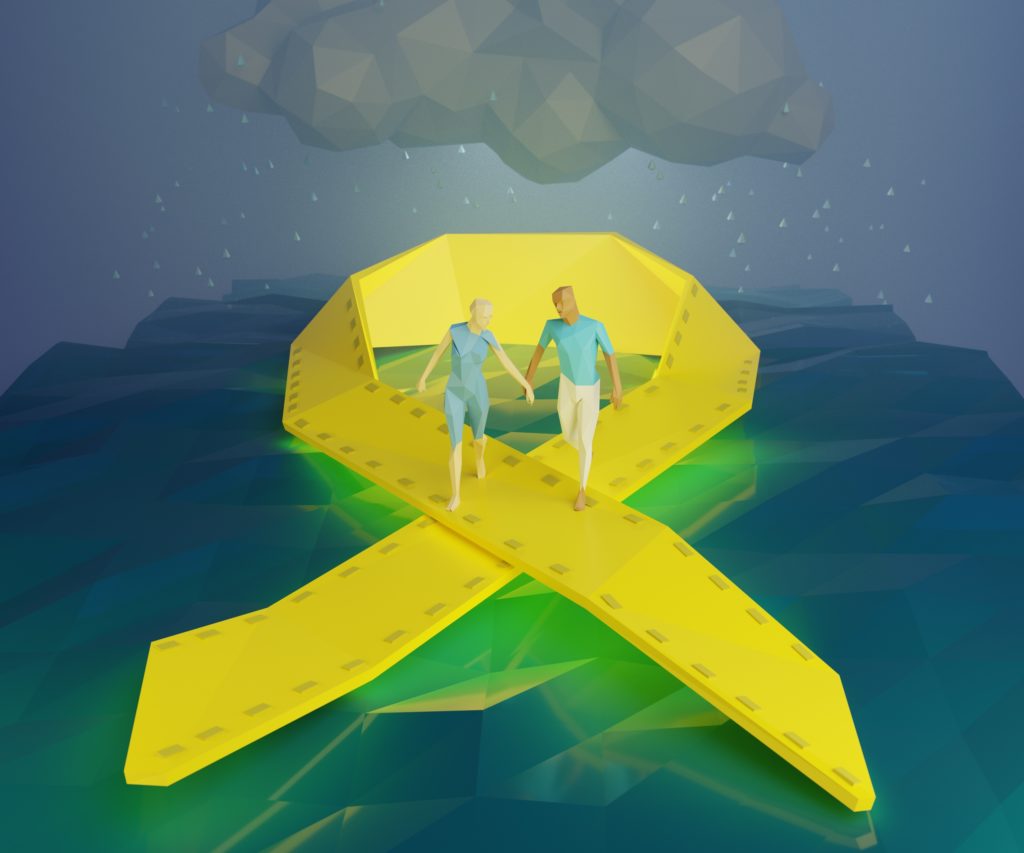Links to Isolation, Financial Instability, and Loss of Loved Ones
September 10th is World Suicide Prevention Day (WSPD), a date established in 2003 to raise awareness, provide commitment, and take action against suicides. International hosts and standard-bearer organizations of this touchy matter include the US-based International Association for Suicide Prevention (IASP), the World Health Organization (WHO) and the World Federation of Mental Health (WFMH).
This is a very sensitive matter, with millions the world over holding differing, often confronted, views on suicide, its genesis, the rights of people attempting suicide, its criminalization, and a host of other issues. This is IASPs published official position as of June 2020:
“The criminalisation of attempted suicide undermines national and international suicide prevention efforts and impedes access among vulnerable individuals and groups to suicide prevention and mental health services.”
Staggering Statistics
- Suicide rates in the US have been rising over the last 2 decades and are now (latest figures date from 2018) at an all-time high since 1941
- 1 in every 25 suicide attempts is successful
- Worldwide, 800,000+ people die by suicide annually, that’s 1 person every 40 seconds
- Suicide is the 15th leading cause of death globally, accounting for 1.4% of all deaths
- At a rate of 11.4/100k, it is almost double in males (15/100k) than in females (8/100k)
- Suicide is the leading cause of death in people ages 15-24 in Europe and the 2nd leading cause of death for older teenage girls
- 76% of global suicide takes place in low-to-middle income countries
- In 25 countries worldwide, suicide is criminalized, with 20 countries imposing jail sentences for attempted suicide
- 1 suicide = 135 people affected = 108 million people bereaved globally every year
Massive Impact of COVID-19
Unprecedented social distancing measures are in place to avoid the spread of the virus. However, the suicide risk potential will most probably soar significantly due to isolation, rising anxiety levels, economic duress, and the loss of loved ones.
This has never been more evident or truer of the new isolation realities people are facing, when the uber-importance of the role of social connections has already been established in averting suicide altogether.
The incidence is especially niggling when we think of individuals who are hospitalized, even when death is near, and yet they remain isolated from family and friends. It’s relevant to highlight that one of the highest risk groups for suicide are friends and family (that is, the loved ones) of someone who committed suicide, with suicide contagion, psychological trauma, and the burden of stigma all at center stage.
This, of course, includes decreased access to community-based or religious support, often the mainstay of mental health patients or people at risk. It is important to note that attendance to religious services has been associated with 5x lower suicide rate.
Moreover, the cancellation of public events, closing businesses and ruined economies is putting an awful lot of people in harm’s way.
Finally, the suicide rates of health professionals are alarmingly on the rise, with a national conversation fast emerging about these front-liners and their concerns and support needed to face infection, over-exposure, shortages of equipment, overwhelmed facilities and overall stress.
To learn more about this calamity, the accompanying progress in suicide prevention, and best evidence of efficacy, please visit any of the above-mentioned organizations’ websites.
Sources:
https://jamanetwork.com/journals/jamapsychiatry/fullarticle/2764584


